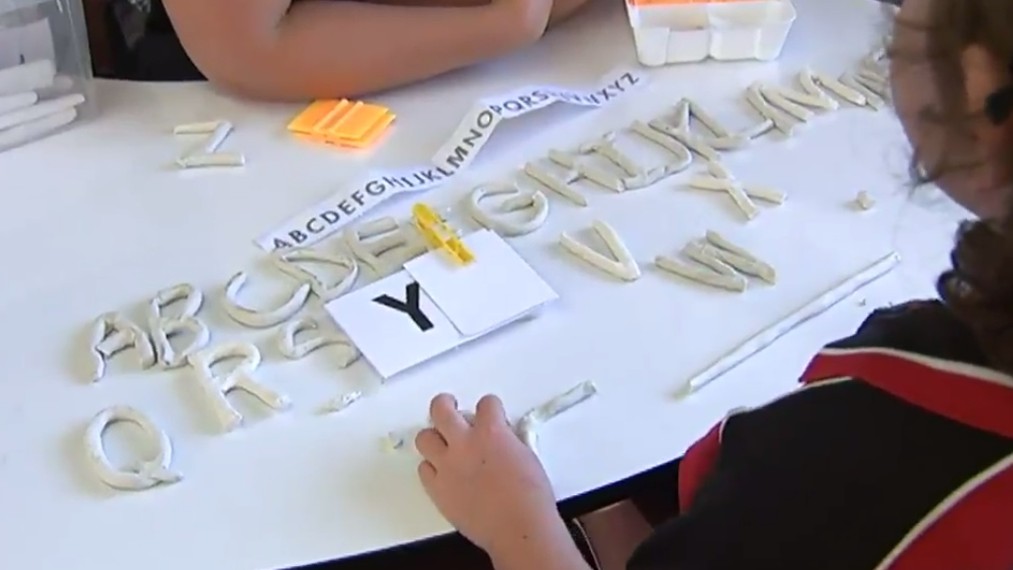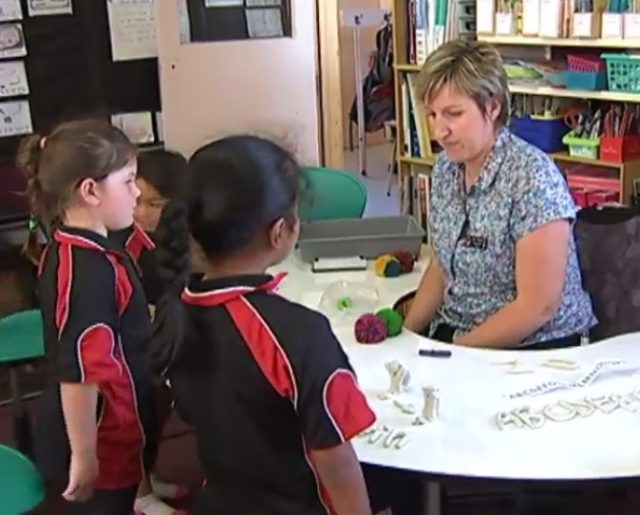What all children need to know

Recently I attended a very interesting event. The charity organization NASEN (National Association for Special Educational Needs) gathered, on the one hand, 25 different companies that specialize in helping people with special needs through the creation of a variety of products and services.
And on the other hand: professionals like us helping such people, people with special needs themselves, their parents, school principals, writers, SENCO specialists, in general, all those who can in any way potentially use these products for the realization of a positive outcome.
The event delighted me to the core of my soul! People are thinking about how and how to help people with special needs in education, looking for ideas and opportunities to implement them!
And I couldn’t help but voice the idea of Davis Learning Strategies for primary schools. As the father of one girl I worked with privately said: “This is what all children need to know before they start learning! Teach your children to learn, and then send them to school! ” And there is a deep truth in these words.
When children begin school, they do not carry the labels dyslexia, nor ADHD, nor dysgraphia, nor dyscalculia. Where do these problems come from, which we then fight so bravely? To whom do we sympathize and empathize? Which problems arise to make a child suffer and diminish their self-esteem?
That’s right, these problems begin and develop in the learning process in school, under the influence of various “favorable” circumstances. They start with the first sense of confusion. And the older the child – the more his confusion, the more, the stronger the manifestation of dyslexia and other learning problems.
Davis Learning Strategies for primary schools offers each child three tools for self-control before starting school:
- to understand how to focus the mind for effective learning,
- to monitor their own internal energy levels so that it is easy to focus,
- to be able to get rid of confusion and tension, so that there is an opportunity for easy focus again!

The system also provides a way to create internal images for each letter in a three-dimensional space. Children under 7 years old are mostly figurative thinkers, and this approach makes it easier to recognize the letters when reading, and to use them in words for spelling.
200 High Frequency Words: Every mom knows that these words just have to be learned in terms of spelling. Why? Yes, because those words have no image. Try to picture the meanings of words such as because, why, the, only… Did it work out? Therefore, children just need to memorize them, because they aren’t able to make the mental connection between the letters and the meanings of the words. And the Davis method does not require cramming, but instead provides a hands-on process for learning and understanding these important words. By adding an image to these words, we make it easier for children to perceive and remember the details of information. It will then also be easier for children to understand the teacher’s instructions, remember the details of the text, and answer questions about it.
Davis Learning Strategies for primary schools can prevent the reading difficulties tied to dyslexia and other learning challenges for children at risk. For all other children it provides a fun and engaging strategy for easy memorization and a lifelong interest in learning.
These strategies have been implemented successfully in public and private schools in New Zealand, Canada, the US, India, and other countries. And the opportunity now exists for implementation in British schools, with Davis Learning Strategies workshops now being offered in the UK.
Let’s turn this around together, as statistics show that using these strategies leads to a revolutionary increase in academic performance with up to 90% of children starting to read at grade level or above. In other words, 90 percent of children are excellent students in each class!
How do you like this result? I like this so much! And I hope, maybe, really wish that at least my future grandchildren could go to a school that practices Davis Learning Strategies for primary schools. Then they will be guaranteed an interest in lifelong learning…
And I will be completely out of work… But don’t worry about me; my colleagues and I will be only glad if it happens! We are not going away!
The photos on this page show students and teachers from the Waihao Downs School in New Zealand.









